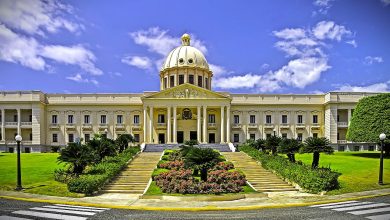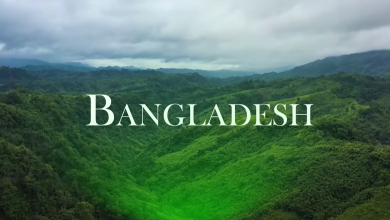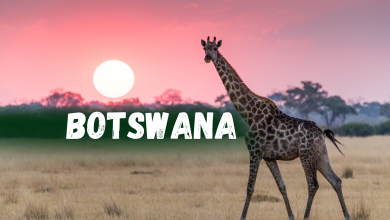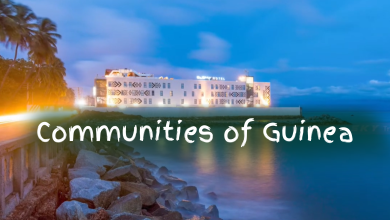Communities of Mongolia: Unveiling Rich Cultural Diversity
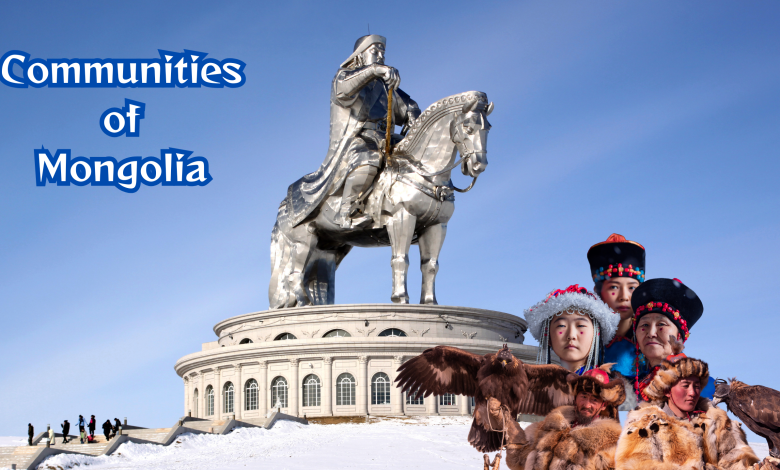
Communities of Mongolia is large. Diverse communities call it home. There are different culture of each community.
History of Mongolia
Neolithic agricultural settlements, such as those at Norovlin, Tamsagbulag, Bayanzag, and Rashaan Khad, predated the introduction of horse-riding nomadism, a pivotal event in the history of Mongolia, which became the dominant culture. Mongolic people ethnogenesis is based on the movement of the Ancient Northeast Asians.
Modern history
Mongolia declared its independence, under the Bogd Khaan in 1911, after the collapse of the Qing dynasty. But the newly-formed Republic of China claimed Mongolia as a part of Chinese territory. The new republic was to be designated “The Republic of China” and would be seen as the “successor” of the Qing.
Bogd Khaan stated that Mongolia and China had only been administered by the Manchu during the time of the Qing, and that the Mongolic people now had the right to govern in their own right, and that since the fall of the Manchu Empire after the Xinhai Revolution in 1911, the contract Mongolic had agreed to, of being subjects to the Manchu, had become void.
Video Credit: Wonders of Nature
Geography of Mongolia
The world’s 18th-largest country at 1,564,116 km2 (603,909 sq mi), it is also the world’s 2nd-largest landlocked country. It’s also far larger than the next-biggest country, Peru. It is located between latitudes 41° and 52°N (a small portion is also north of 52°), and longitudes 87° and 120°E.
As a point of reference the westernmost part of Mongolia is on a similar latitude to that of central France (and further west than St.Petersburg), while the easternmost part is on a similar latitude to Hainan (China) and Taipei (Taiwan).
Religion in Mongolia and Freedom of Religion
Shamanism in Mongolia was prevalent at the time of nation’s origin, and during the Mongol Empire it was very influential.estic. Tibetan Buddhism took over leading to shamanistic influences on Mongolian religious beliefs—it is still practiced. The Kazakhs, who live in the west of the country, as well as some Mongolians and other Turkic peoples in the country, practice Islam.
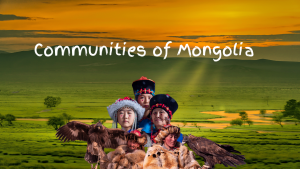
Culture of Communities of Mongolia
Soyombo, a Buddhist icon, features in the left side of the national flag. It depicts the sun, moon, stars, and heavens in standard cosmological symbology, an abstraction from the detail found in typical thangka paintings.
Visual arts
Prior to the 20th century, most fine arts in Mongolia had religious themes, or other designs and images on them that were religious in nature. Thangkas were generally either painted and embroidered in appliqué. Bronze statues generally depicted Buddist deities. A number of masterpieces are attributable to the first Jebtsundamba Khutuktu, Zanabazar.
Late 19th century: realism Painters such as “Marzan” Sharav began to adopt more realistic styles of painting. During the Mongolian People’s Republic, socialist realism was the dominant painting style, but the country has also produced many artists with distinct, national styles influenced by their own culture and traditions.
the artist Natsagdorj painted one of the most famous works of the era, portraying a Mongol woman first as a painted thangka and then, in the foreground, as a modern woman in a traditional gher.Among Mongolia’s contemporary artists, none are more popular than Tsevegjav and Sonintogos, both of whom are emblematic figures in the revival of national art.
Literally all forms of arts blossomed only after perestroika at the end of 1980s. Otgonbayar Ershuu One of the most famous modern Mongolian artists in the Western world, was featured in the Toby Wuuff film “ZURAG”.
Nomadic Lifestyle Communities of Mongolia
The nomadic culture is prevalent among many Mongolian settlements. They move with their herds. Nomads dwell in traditional felt tents called “gers”. Gers are the tents that Mongolians have lived in for thousands of years and which are easy to pick up and move.
The Khalkha Communities of Mongolia
The Khalkha form the largest group in Mongolia. They comprise 80% of the populace. The are both the state language of Communities of Mongolia.
The Khalkhas are primarily a nomadic and pastoral people. They maintain sheep, goats, cattle, horses and camels. They are endowed with a rich cultural patrimony.

Credit: www.who.int
The Kazakh Communities of Mongolia
The Kazakhs are found in western Mongolia. They are famous for their tradition of hunting with golden eagles. Kazakhshunt foxes or hares with specially trained eagles.
Language and literature Official language, Kazakh. They also observe Nauryz festival. This is a festival in celebration of the arrival of spring. It’s about family, and feasts.
The Tuvan Communities of Mongolia
The Tuvans are based in the north-west of Mongolia. They are known for their guttural singing. This special kind of singing is known as “Khoomei”.
Shamanism is also practised among some Tuvans. Spiritual Master Shamans are spiritual leaders. They do rituals to cure and to protect their people.
The Dorvod Communities of Mongolia
The Dorvod also include a community residing in western Mongolia. They belong to one of the Oirat tribes. The Dorvod are excellent horsemen.
Dorvod culture is influenced by Buddhism. They have many temples and monasteries.Mockito side.STRING_SPLIT is the table- valued function that can parse the input string into the table with separating delimiter. Monks are influential within their community.
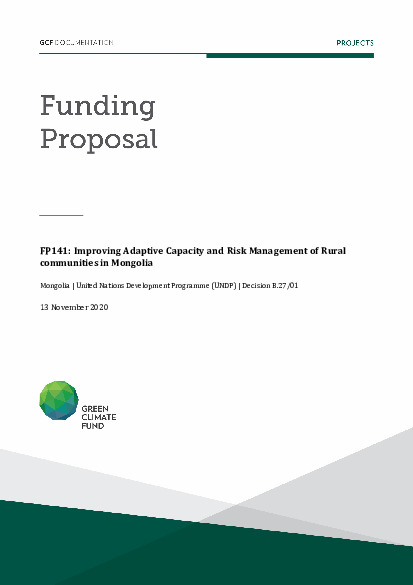
Credit: www.greenclimate.fund
The Buryat Communities of Mongolia
The Buryats are located in northern Mongolia. They are in some way connected with the Buryats of Russia. Folk dances and songs are popular among the Buryats.
Buryat is related to the Mongolian language. Buryats are also good handcraftsmen. They craft beautiful wood furniture and tools.
Communities of Mongolia has various ethnic groups. “Our culture is important.The drums are important.”Every village has its own way of life.” From the Khalkha to the Kazakhs, all provide Mongolia with a rich tapestry of culture.
Learning about these unique localities gives us appreciation for Mongolia’s historic past. It also teaches us the value of cultural diversity.
Learn More There is a unique lifestyle in each Communities of Mongolia. They combine to form a culturally rich mosaic in Mongolia. To find out more about these communities, go to www. ccnworlds. com/category/world-community.
Frequently Asked Questions
What Are The Principal Is Mongolian?
mongolia is a multi-ethnic country with the khalkha as dominant group followed by kazakhs and buryats.
What Is Mongolian Life Like?
Mongolian settlements habituate in traditional yurts, which are also called gers.
Who Are The Khalkha?
There are two officially recognized Mongolian ethnic groups, the Khalkha and the others.
Who Are The Kazakhs Of Mongolia?
Kazakhs are one of the largest ethnic minorities.

